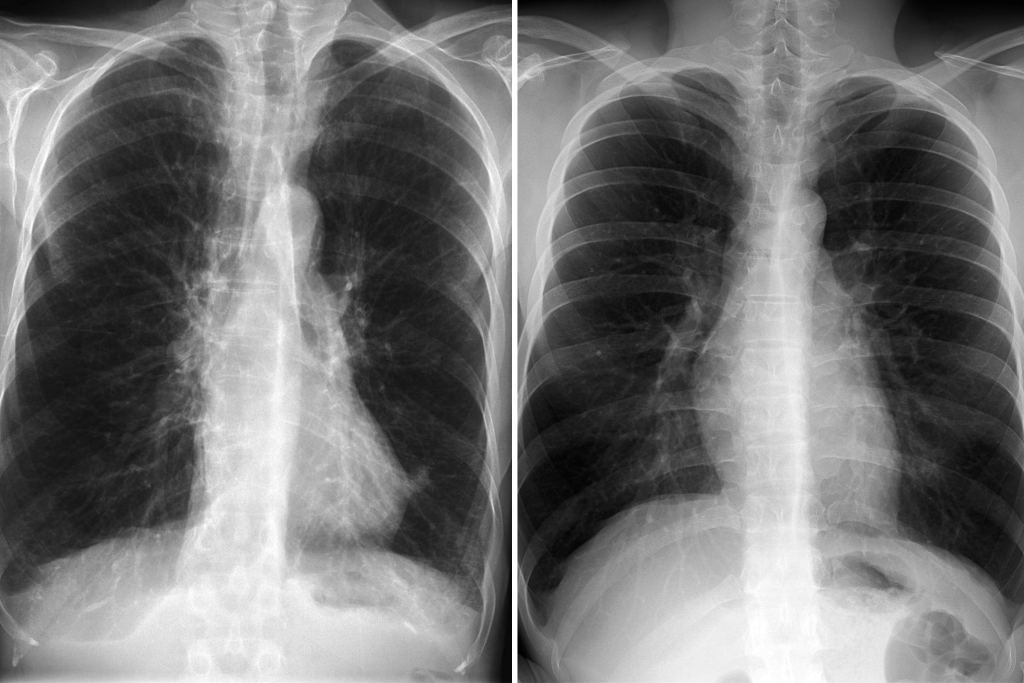Lung Health: The Unsung Hero of Seniors’ Quality of Life
For many seniors, “health” often brings to mind heart health, joint pain, or memory care—but lung health rarely gets the same attention. Yet, the state of our lungs shapes nearly every part of daily life, especially as we age. From walking to the grocery store to laughing with grandchildren, healthy lungs are the quiet force that keeps these moments possible. When lung function declines, the ripple effects touch everything: independence, energy, mood, and even how long we can enjoy life’s simple pleasures. Let’s break down exactly how lung health impacts seniors’ quality of life, and why it deserves more care.
1. It Determines How Much Independence You Keep
Independence is a cornerstone of quality of life for seniors. Being able to dress yourself, cook a meal, or tend to a garden isn’t just about “doing things”—it’s about dignity. But poor lung health chips away at this independence bit by bit.
When lungs can’t take in enough oxygen, even small tasks become exhausting. A senior with weakened lungs might pause halfway through folding laundry to catch their breath, or ask a family member to carry groceries because walking from the car to the door feels overwhelming. Over time, these small concessions add up: they stop driving because they worry about feeling short of breath behind the wheel, or avoid going to church because climbing the steps feels too hard. What starts as “needing a little help” can turn into relying on others for basic needs—a shift that often leaves seniors feeling powerless.
Example: Mrs. Carter, 78, used to love baking cookies for her great-grandkids. But after her lung function dropped, standing at the oven for 20 minutes left her gasping. Now, she only bakes if her daughter helps—and even then, she sits while mixing. “It’s not the same,” she says. “I feel like I’m watching instead of doing.”
2. It Shapes Your Energy Levels (and Ability to Enjoy Life)
Energy is the fuel for joy. Whether it’s attending a grandchild’s soccer game, going for a walk in the park, or just chatting with a friend over coffee, these moments require energy—and energy comes from oxygen. Lungs that can’t efficiently exchange oxygen and carbon dioxide leave seniors feeling tired, even after a full night’s sleep.
This isn’t the “normal tiredness” of a long day—it’s a persistent, heavy fatigue that doesn’t lift with rest. A senior with lung issues might nap through the afternoon instead of visiting a neighbor, or skip a family dinner because they don’t have the energy to sit and talk. Over time, this fatigue can make life feel flat: hobbies are abandoned, social plans are canceled, and even reading a book feels like too much work. Healthy lungs, on the other hand, keep oxygen flowing steadily, so seniors have the energy to engage with the people and activities they love.
3. It Lowers Your Risk of Life-Threatening Infections
Seniors’ immune systems naturally weaken with age, making them more vulnerable to infections—but poor lung health makes this risk even higher. The lungs have a built-in defense system (like tiny hairs called cilia that sweep out mucus and germs), but when lungs are damaged (from smoking, pollution, or aging), this system doesn’t work as well.
A simple cold can quickly turn into bronchitis or pneumonia for a senior with weak lungs. These infections aren’t just uncomfortable—they can be deadly. Pneumonia, for example, sends millions of seniors to the hospital each year, and many never fully recover. Even after treatment, they might have less lung function than before, making it harder to breathe and increasing their risk of future infections. Healthy lungs, by contrast, can fight off germs more effectively, keeping seniors out of the hospital and able to stay in their own homes.
4. It Affects Your Sleep (and Your Mood)
Sleep is essential for physical and mental health, but lung issues often disrupt it. Seniors with chronic lung conditions like COPD (chronic obstructive pulmonary disease) often struggle with “nocturnal hypoxemia”—low oxygen levels at night. This can cause them to wake up gasping for air, or sleep in short, restless bursts instead of deep, restorative sleep.
Poor sleep doesn’t just leave seniors tired—it worsens their mood. Studies show that people who don’t sleep well are more likely to feel anxious or depressed, and this is especially true for seniors. A senior who wakes up exhausted every morning might feel irritable, hopeless, or uninterested in things they used to enjoy. Over time, this can lead to social isolation and a downward spiral in mental health. Healthy lungs, however, keep oxygen levels steady at night, so seniors sleep better—and wake up ready to face the day with a better mood.
5. It Impacts How Long You Live (and How Well)
Finally, lung health is a strong predictor of longevity and “healthy aging”—living longer and living well. Research shows that seniors with strong lung function are more likely to live independently into their 80s and 90s, while those with poor lung function have a higher risk of early death from heart disease, stroke, or respiratory failure.
But it’s not just about length of life—it’s about quality. A senior with healthy lungs might live to 90 and still take daily walks, while a senior with weak lungs might live to 85 but spend their last years in a wheelchair, relying on oxygen. The difference lies in lung health: it’s not just about breathing—it’s about living a life that feels full.
For seniors, caring for their lungs isn’t a “nice-to-have”—it’s essential for keeping the life they love. Small steps—like avoiding smoke, getting vaccinated against the flu and pneumonia, and doing gentle breathing exercises—can go a long way in protecting lung function. By giving lungs the attention they deserve, seniors can hold onto their independence, energy, and joy for years to come. After all, a life well-lived starts with a breath well-taken.









